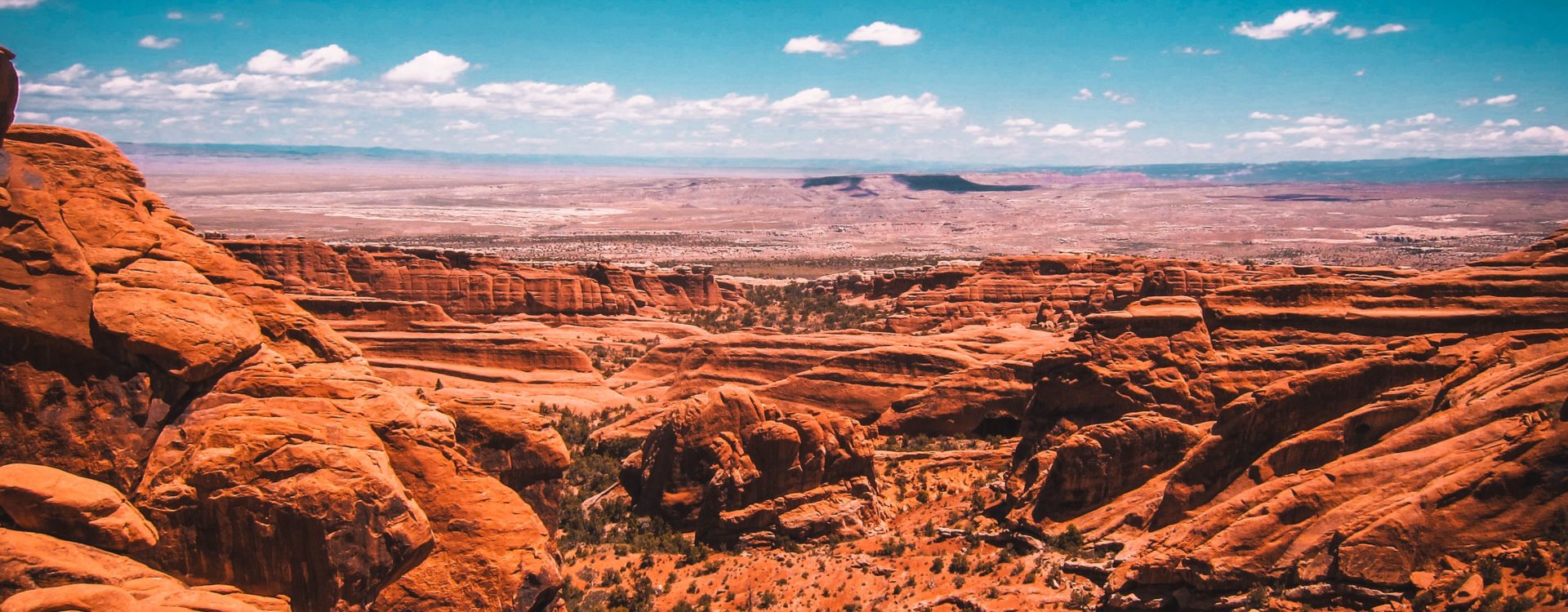Many successful renewable energy projects have been completed by tribes in New Mexico and throughout the U.S. You’ll find featured NM projects in the case studies below, and also links to others on the national scale from the U.S. Department of Energy.
Utility-Scale Solar – Picuris Pueblo
The Pueblo of Picuris has been very active and successful in deploying solar projects on reservation land and in service to its community. These deployments have moved through two main stages, as described below:
Stage 1

In 2018, the Pueblo of Picuris installed a 1 megawatt solar PV array on reservation land. Kit Carson Electric Cooperative (KCEC) purchases the entire output of the array, and compensates
the tribe by cash payment; a portion of this payment offsets tribal members bills through a direct credit to their Kit Carson electric bill.
The major portion of the cash payment is used to pay off a commercial bank loan, which is securitized by KCEC’s long-term commitment to purchase the energy output of the array through a Power Purchase Agreement (PPA).
The bank loan formed the local cost-share component of a U.S. Department of Energy tribal infrastructure grant of $1 million that funded the PV installation, which is now fully deployed and operational. View a short video of the construction process:
Stage 2
In a second stage, Picuris Pueblo has been approved for another DOE tribal infrastructure grant of $1 million, which it seeks to apply to the development of a “community grid” microgrid that can feed energy directly into the community’s distribution network, support the resilient operations of the new Travel Center and critical tribal administration and community needs by incorporating an energy storage component, and potentially serve the larger community of Penasco in some ways. The project is also expected to substantially reduce the tribe’s energy expenditures, as its cost per kilowatt hour is expected to be dramatically less than the KCEC tariff. The cost-share mechanism is the same as in Stage 1.
This will require more advanced technology and technology partners, and a different architecture for the associated PV generation, as compared to the Stage 1 project. In addition to the storage component, a microgrid controller and islanding capacity (to continue operation in the event of a KCEC power outage) will be needed.
Read more about the Picuris solar project (interview courtesy of Senator Martin Heinrich), and coverage in the Taos News. You can also download the project presentation to DOE
Additional Examples
For a comprehensive overview of tribal projects, see the index to the presentations of DOE-funded projects from the 2021 Office of Indian Energy Program Review, and these other “Success Stories” featured by DOE’s Office of Indian Energy.


